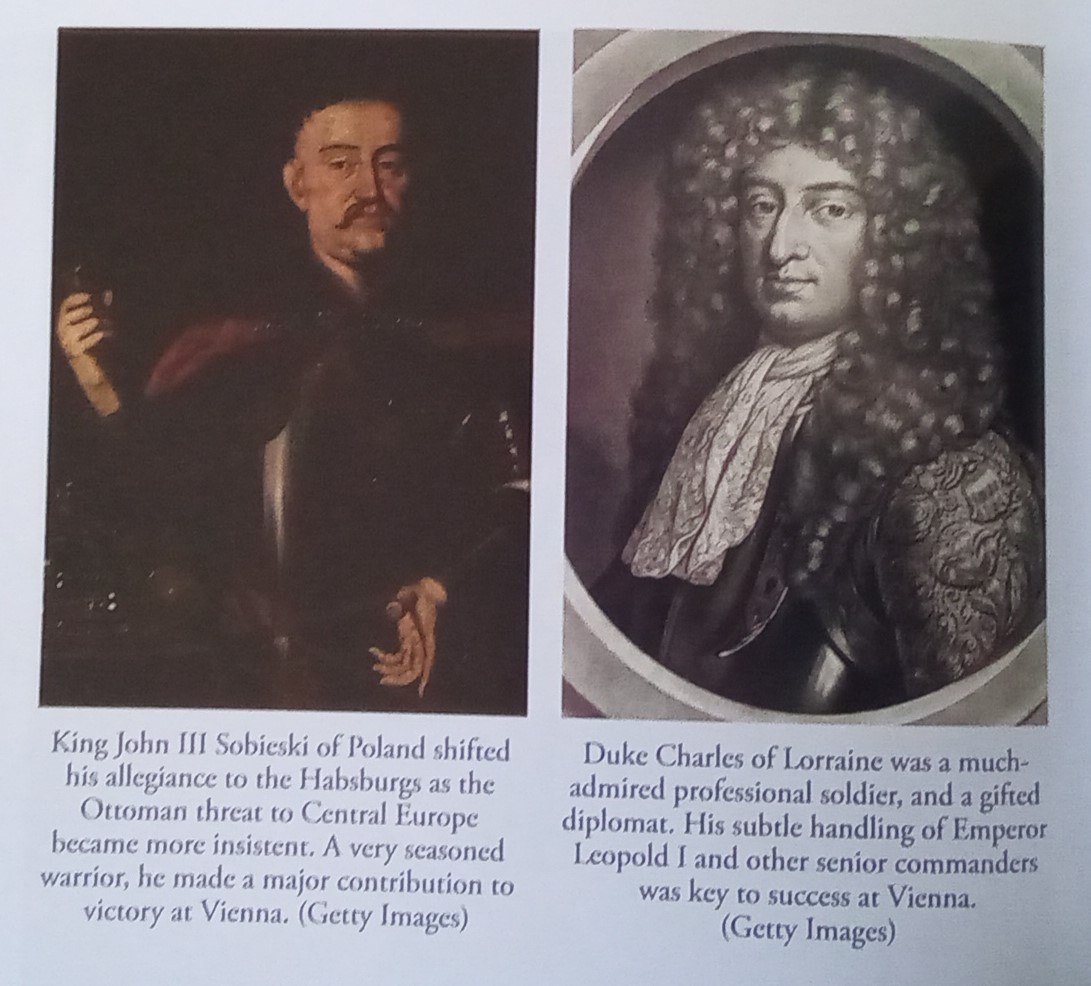Description from Osprey,
From the taking of the holy city of Jerusalem in the 7th century AD by Caliph Umar, to the collapse of the Ottoman Empire following the end of World War I, Christian popes, emperors and kings, and Muslim caliphs and sultans were locked in a 1300-year battle for political, military, ideological, economic and religious supremacy.
In this powerful new history of the era, acknowledged expert on the history of the Middle East and the Crusades Simon Mayall focuses on some of the most significant clashes of arms in human history: the taking and retaking of Jerusalem and the collapse of the Crusader states; the fall of Constantinople; the sieges of Rhodes and Malta; the assault on Vienna and the 'high-water mark' of Ottoman advance into Europe; culminating in the Allied capture of Jerusalem in World War I, the final collapse of the Ottoman Empire, the dissolution of the sultanate and the caliphate, and the formation of modern Europe and the modern Middle East.
The House of War offers a wide, sweeping narrative, encompassing the broad historical and religious context of this period, while focussing on some of the key, pivotal sieges and battles, and on the protagonists, political and military, who determined their conclusions and their consequences.
Table of ContentsAuthor's Note and Acknowledgements
List of Illustrations and Maps
Introduction
Part One: The Battle Lines are Drawn
1. Rise of the Caliphate: Yarmouk and al-Qadisiyyah 636
Part Two: The Contest for the Holy Land
2. Victory in the East: Jerusalem 1099
3. Disaster at the Horns: Hattin 1187
4. Expulsion from Eden: Acre 1291
Part Three: Ruin of an Empire
5. The Walls Fail: Constantinople 1453
Part Four: The Struggle for the Middle Sea
6. The Knights at Bay: Rhodes 1522
7. They Shall Not Pass: Malta 1565
8. 'There Was a Man Called John': Lepanto 1571
Part Five: The Marches of Central Europe
9. 'Like a Flood of Black Pitch': Vienna 1683
Part Six: The World Remade
10. He Stoops to Conquer: Jerusalem 1917
Epilogue
Notes
Bibliography
Index
Review,
Straight up, I really enjoyed reading this, it is incredibly well written, I loved the manner in which the author Simon Mayall wrote this, quickly warming to his style early, and the rest of the book was a doddle, well researched, and balanced.
There is a lot here, in terms of history, and there is a cast of hundreds as the book covers several centuries of action, politics, battles, and background to some of the more memorable characters.
There are numerous highlights, including how a galleon was manually moved across land in preparation for a battle, how the invading Muslims swept Eastern Europe, leaving behind pyramids of human skulls, the tunnelling of siege warfare by Muslims around Christian forts and castles, incredible descriptions of battles, both on land and at sea, and acts of honor and respect when one side offered the other a chance to surrender, only to be rebuffed, but to then fight to the near death and honor the defeated man nonetheless.
There is politics here, too; mostly on the side of the Christians, who were consumed with infighting, as the Muslims were united under religion (mostly). There are examples of horrific punishments met out to defeated generals on the Muslim side, whereas defeated Christians were left to live in shame.
I was surprised at the description of the opposing camps, described as orderly and structured for Muslims, as opposed to chaotic and unhygienic for the Christians. Which is not something I really thought of, but there you go.
The book follows well, is a very easy read, is captivating start to finish and very balanced - the book does not favor either side. There is a slight (English) humor written into the narrative, which I appreciated, and made for a great read.
Easily recommended to those interested in the period, or seeking to understand today's events and how we got to where we are. My wife is now reading it, too, it is that good.
Note, some of the images are at an angle as I refuse to break the back of the book for a flat shot and I am no photographer... true.




































